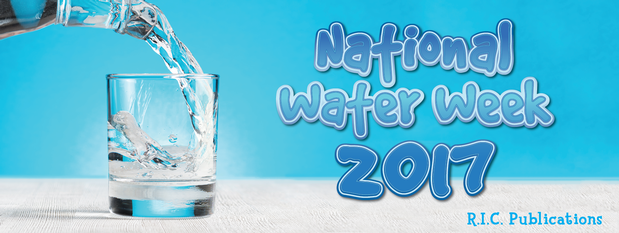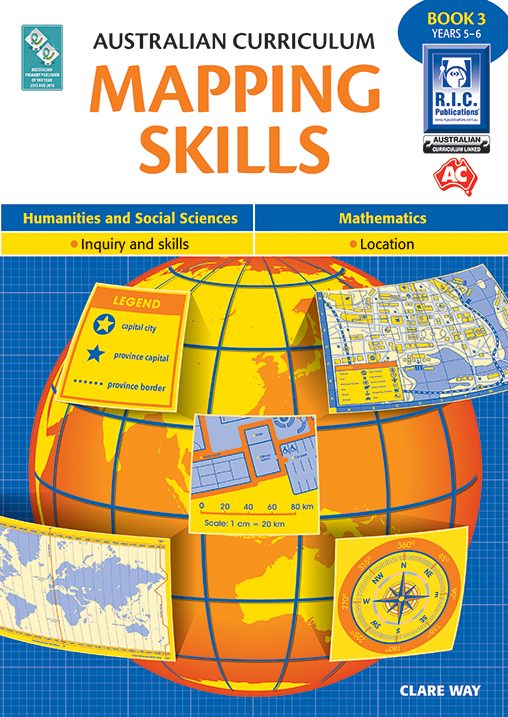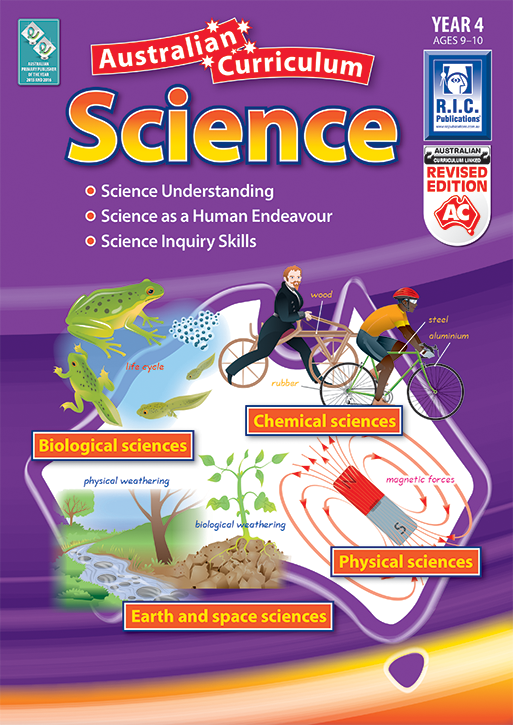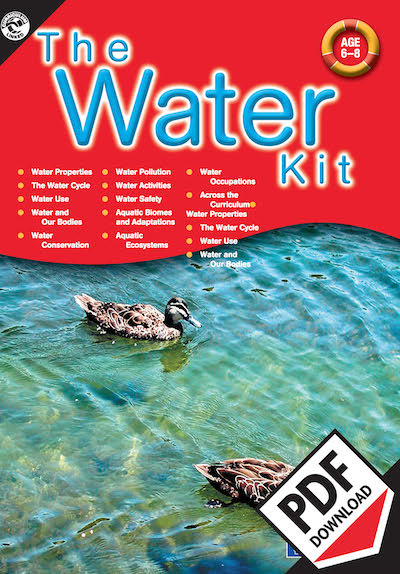- Wednesday 11 October 2017
- 0 Comments
The water on our planet is the same as it has always been since the very beginning - it has never been added to or replaced! It is sobering to think about this statement when we look around us and see what is happening to our environment. We may feel like we can't make a difference - when in fact, as educators, we can!
The theme for National Water Week 2017 is Water - the Heart of our Culture and encourages young people to explore how water shapes our everyday lives through recreational activities.
Here are some activities to bring waterway investigations into the classroom.
Activity 1 - Is there water in my local area?
Through local area mapping, connect students to your local waterway. Identify how water moves through your local area to this waterway and the types of pollutants it may be collecting along the way.
Activity 2 - Site assessment
Find a suitable local site within easy access. You will need to be able to visit the site on a regular basis to monitor changes and progress. Visit and access the area, habitat and wildlife. Consider the percentage of native flora and fauna vs introduced species as well as the cleanliness of the area. Record general observations.
Activity 3 - How healthy is the site?
Research to find the historical use of the site. Test for water quality using scientific methods. Study, identify and observe macroinvertebrates found in the water. Identify frogs and native fish in the area. Do you consider the wildlife to be abundant for the area?
Activity 4 - Biodiversity studies of the site
Undertake a biodiversity audit of the area. Identify and record the various species of plants and animals found in the area. Research to find which of these animals and plants are native or have been introduced to the area. Animals you may like to include in the study are: macroinvertebrates, frogs, fish, bush birds, waterbirds, turtles, reptiles and small mammals. Create a food web to show how the plants and animals within your waterway are interrelated. Identify and understand what might happen to the 'web' if one component is removed.
Activity 5 - Pollution studies of the site
Identify how water is entering your chosen waterway. Use local area mapping to also identify the surrounding areas or 'catchment' for your local waterway. Research to find community, industry or other uses of the land within this catchment. What types of pollutants may be entering the local waterway as a result of actions within this catchment?
Activity 6 - On-ground ACTION!
Adopt-a-spot! You may need to get permission from local council to do this. You may also be able to link in with a local landcare group. Accessing your local landcare group is easy, just go online to <https://landcareaustralia.org.au/>. Plant native species and remove weeds from the area. This helps to encourage more local native animals to the area and increase its natural biodiversity. Stencil drains within the local community with messages to help make the connection between street drains and waterways.
This is an extract from Clean drains: River gains! by Deb Taborda and Amy Krupa, published in Class ideas #64.
Click on the images below to view R.I.C.'s range of resources suitable to National Water Week 2017!



